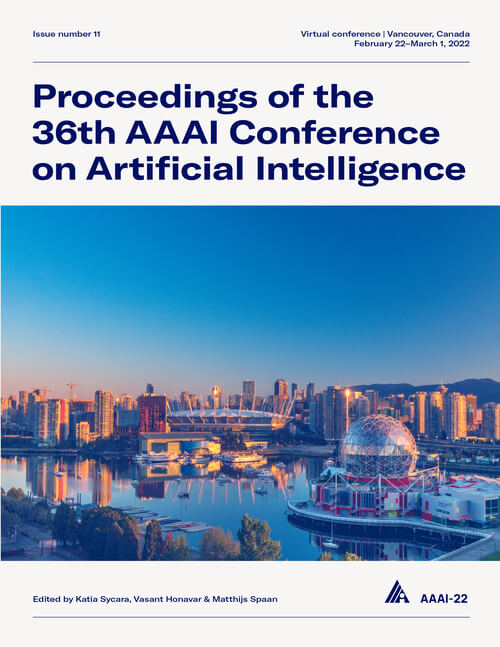Tailor Versatile Multi-Modal Learning for Multi-Label Emotion Recognition
DOI:
https://doi.org/10.1609/aaai.v36i8.20895Keywords:
Machine Learning (ML)Abstract
Multi-modal Multi-label Emotion Recognition (MMER) aims to identify various human emotions from heterogeneous visual, audio and text modalities. Previous methods mainly focus on projecting multiple modalities into a common latent space and learning an identical representation for all labels, which neglects the diversity of each modality and fails to capture richer semantic information for each label from different perspectives. Besides, associated relationships of modalities and labels have not been fully exploited. In this paper, we propose versaTile multi-modAl learning for multI-labeL emOtion Recognition (TAILOR), aiming to refine multi-modal representations and enhance discriminative capacity of each label. Specifically, we design an adversarial multi-modal refinement module to sufficiently explore the commonality among different modalities and strengthen the diversity of each modality. To further exploit label-modal dependence, we devise a BERT-like cross-modal encoder to gradually fuse private and common modality representations in a granularity descent way, as well as a label-guided decoder to adaptively generate a tailored representation for each label with the guidance of label semantics. In addition, we conduct experiments on the benchmark MMER dataset CMU-MOSEI in both aligned and unaligned settings, which demonstrate the superiority of TAILOR over the state-of-the-arts.Downloads
Published
2022-06-28
How to Cite
Zhang, Y., Chen, M., Shen, J., & Wang, C. (2022). Tailor Versatile Multi-Modal Learning for Multi-Label Emotion Recognition. Proceedings of the AAAI Conference on Artificial Intelligence, 36(8), 9100-9108. https://doi.org/10.1609/aaai.v36i8.20895
Issue
Section
AAAI Technical Track on Machine Learning III

